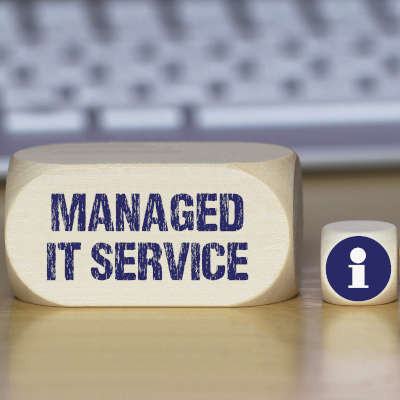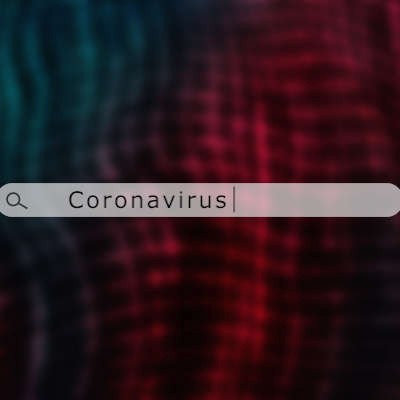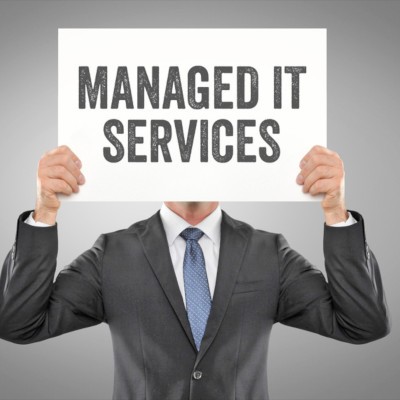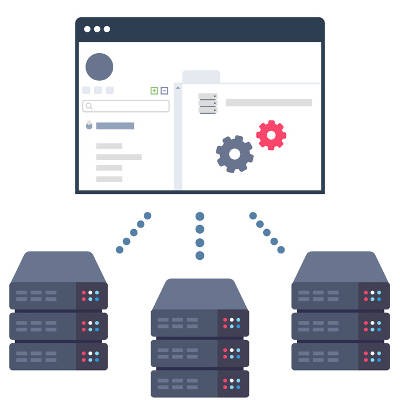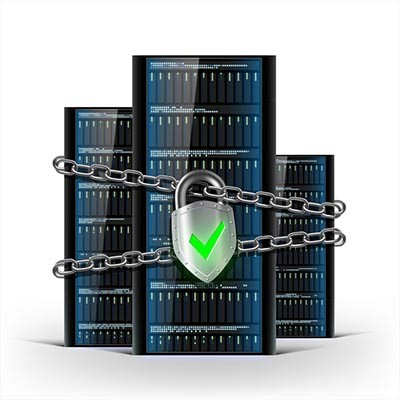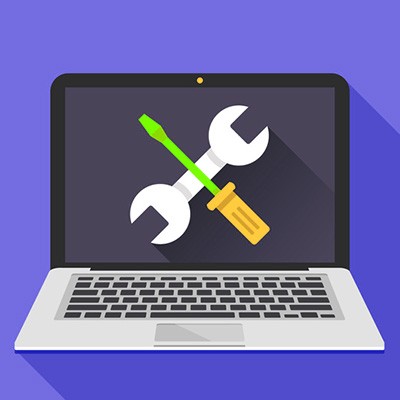Your organization needs its technology to fuel its day-to-day operations. That means they need to be maintained. Organizations that don’t have an IT department will often look to use different strategies to ensure their IT is up and running. Without the proper expertise, however, keeping this technology maintained can be a major problem.
Argentum IT LLC Blog
Technology has made its way into nearly every business, especially in 2020 with all that has been going on. There really is no choice, but with the commitment to technology there comes risk. If technology fails, your business takes a step back. Today, we will discuss how managed IT services work to manage your risk and keep your IT running effectively.
While COVID-19 has largely dominated the public awareness and created huge shifts and interruptions to businesses of all sizes, small businesses have clearly been impacted the most--essential and non-essential businesses alike. Of course, this doesn’t mean that large enterprises and corporations aren’t also affected. The difference is, these enterprises and corporations are sometimes better equipped to do something about it… which many have.
Quick - when was the last time your routers were updated? Not sure? How about your servers, or every other piece of technology in your office?
The truth is, maintaining a business’ IT requires more than just running a virus scan every once and a while, or updating a mission-critical program on each workstation. It requires an in-depth understanding of each component and its history, assisted by the use of specialized tools and extensive record-keeping.
We’re always trying to get our message out, sharing how our services can bring value to just about any kind of business - including nonprofits and municipalities - seeing as just about every business today relies on technology to some degree. Here, we wanted to demonstrate how that value can present itself through managed services.
It wasn't too long ago that we had to lug a computer into the shop to get it fixed if something were to go wrong with it. Frankly, with the pace that business is conducted at today, this approach simply isn’t effective for businesses any longer. Now, with the support of a managed service provider, support is available much more efficiently and affordably than ever.
Consider something for a moment: aside from their size and the resources at their disposal, what makes a small to medium-sized business so different from a large, enterprise-sized one? If you really consider it, there isn’t all that much. This is why many SMBs have turned to managed services… to receive IT support comparable to what the large businesses get.
Some parts of running your business’ infrastructure involve a lot of time… time that you simply don’t have in the day. Applying patches, monitoring network traffic, and updating software solutions are all the usual culprits. In light of this, we recommend that businesses implement a solution that allows for management to occur remotely, as it can provide a great benefit for businesses with both limited workforces and budgets.
In business today outsourcing your IT management or project management is routine. It wasn’t always so. For the first couple of decades of IT for business, that was the only way you were going to get a piece of technology up and working again without massive capital investment. Today, we will take a look at the break/fix method to IT management and how it is far more expensive than you may think.
Chances are that you’ve dealt with the following scenario: You are working along fine and you try to open an application only to be rebuked by an error message on the screen that tells you that there is some type of critical error. You close that out hoping that it was a one-time exception, but nope, it pops up again. You think to yourself, “Why does this always happen?”
Tech-support scammers traditionally are people who dial random numbers and try to convince the people on the other end of the phone that their computer has problems and they can fix them if the user allows them to remote into the device. They use tactics that are as generic and vague as possible, to avoid having to mention any specifics; and, since some people (especially those who have computers that are a few years old) find that their system’s performance is sluggish, they will give these people access. This typically ends in disaster.
Businesses of all sizes use varying degrees of technology to improve organizational productivity, efficiency, and security. The more a business depends on its data, the more crucial it is for them to manage and maintain the systems in which this data is dependent. For organizations that have a lack of financial resources to support these systems, it is often left to unqualified employees, putting your business at risk. What do you do when you need expertise that you lack and can’t afford to hire in-house staff?
IT is meant to help your business function more smoothly, not hinder operations. This is the cornerstone of the way that most organizations need to think about technology maintenance. Unfortunately, there are some organizations that either don’t have dedicated IT support, or waste valuable time and resources working with break-fix providers who don’t have their business’s best interests in mind. To keep your organization from falling victim to these practices, you should consider managed IT for your technology maintenance.
Your business relies on mission-critical hardware that keeps its infrastructure running, including servers, workstations, and networking components. However, these pieces of technology require maintenance in order to function properly, and replacement every so often to keep the risk of downtime and hardware failure to a minimum. Thankfully, modern managed IT services have yielded a solution to this issue that can make managing your hardware infrastructure as easy as possible: Hardware as a Service.
While many may consider an audit of any kind to be a pain in the neck or worse, they can actually be an effective way to ensure that businesses are following best practices and remaining compliant. After all, nobody wants to be the company that failed an audit. Despite this, many companies aren’t up to standard where their IT is concerned, and it has an impact.
Two major concerns of every business owner are the protection of their company and making sure their technology does what it’s supposed to do. It can be overwhelming to manage these two aspects on your own, which makes outsourcing the security and maintenance of your IT such an attractive option.
Let’s say you get a bill in the mail for technology support, but you don’t necessarily know why you got it. Pretty troubling, right? Clearly someone in your organization isn’t privy about the proper method of getting help for their technology, but if you regularly work with a break-fix IT provider, this kind of correspondence (and cost) is unavoidable. Thankfully, there’s a simple solution to make sure that something like this doesn’t happen again.
When was the last time you had to reach out to IT support, only to have to wait for the tech to drive to your office and resolve the problem far too late? This is a common occurrence amongst business owners, and if your technology is mission-critical, you can’t afford to deal with more downtime than necessary. How can your business more effectively take advantage of technology support? A remote monitoring and maintenance solution may be just what you need.


